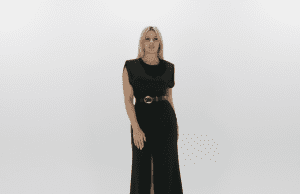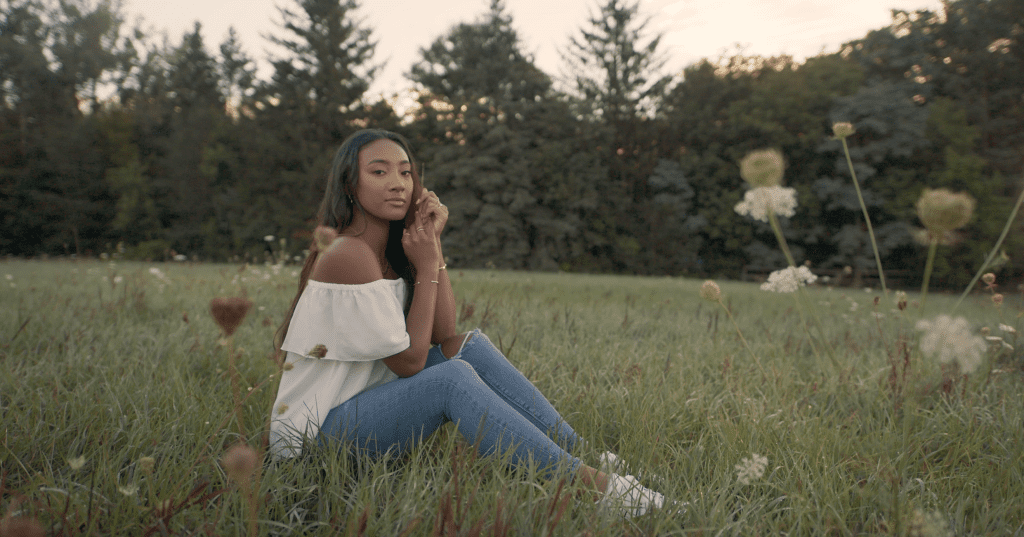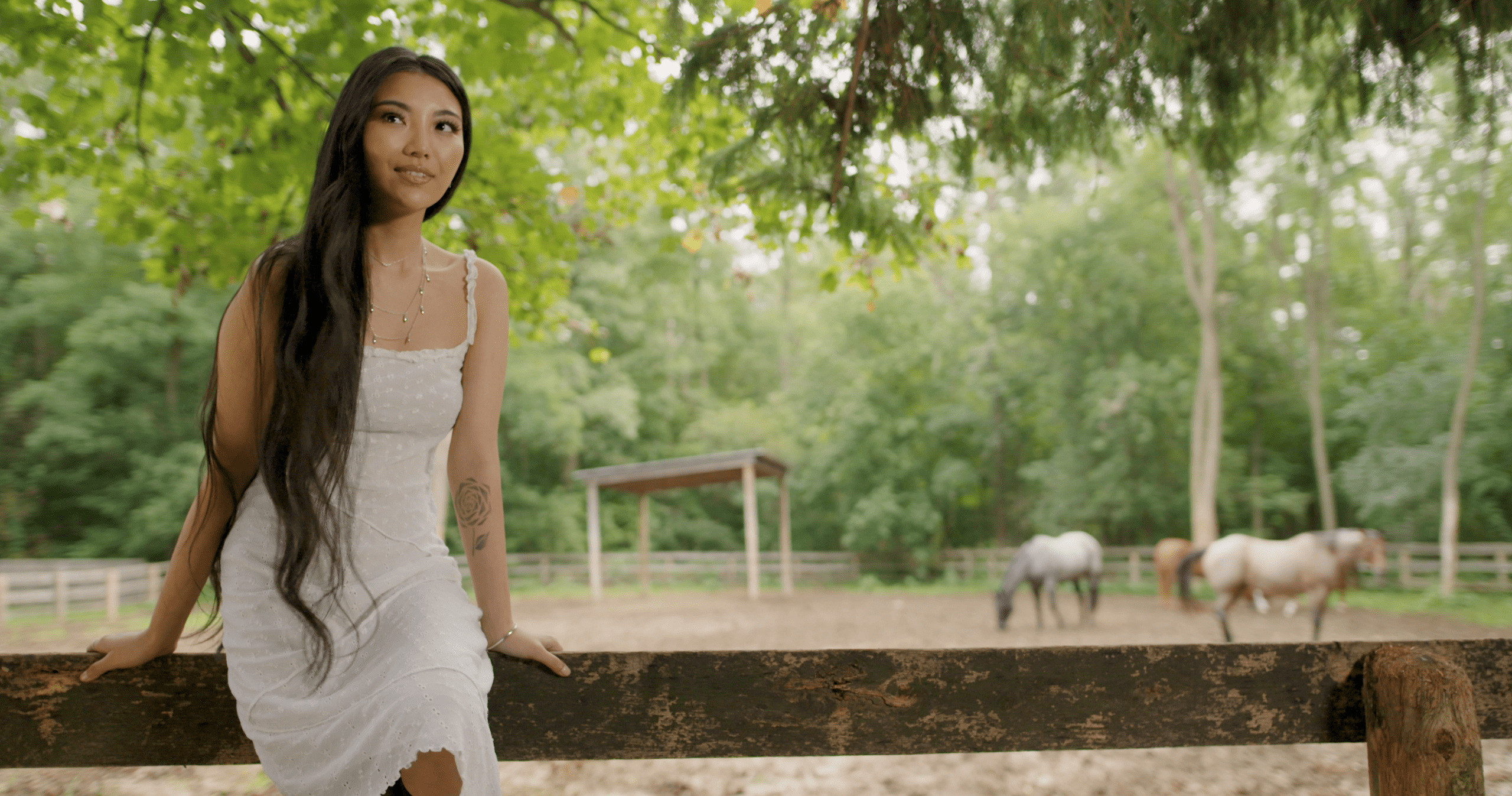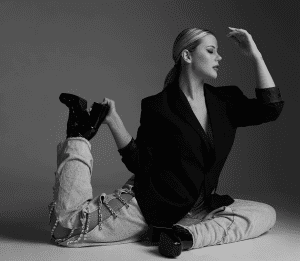
Mercedes Blanche: Moving to Hollywood (One Year Later)
One year after our first interview, rising social media and acting star, Mercedes Blanche, talks to us about her experience moving from Canada to Hollywood in the hopes of chasing her dreams.


Whether you’re interested in shooting your own project, or trying to decode some documentation from a production company prior to an upcoming shoot, it’s important to recognize the significance of camera angles and shot sizes. A unified vision begins with a crew that understands the basics of constructing effective visuals on screen to tell a story.
A shot size is used to indicate how much of a subject (typically a person) can be seen within the video frame. There are many ways to frame a subject, and that framing is always meticulously selected to best represent messaging, story, tone and emotion. Prior to shooting any corporate/commercial/promotional video content, my client will always approve a list of each shot and the corresponding shot size.
In today’s article, we’ll be taking a look at some of the most common shot sizes, with visual samples and a list of their abbreviations for your reference.
An Extreme Wide Shot, (also known as an Extreme Long Shot) makes a subject appear small in relation to their surroundings. This shot size is commonly used to emphasize grandeur of location. For example, a character standing at the base of a huge mountain they’re about to climb could be shot as an EWS to highlight the daunting journey ahead. An EWS is more focussed on the surroundings than a subject.


The Wide Shot (also known as the Long Shot) is significantly closer than the EWS. The subject’s entire body should be in the shot, but should not take up the entire frame. The WS keeps a subject in plain view without loosing the surroundings. It helps to give viewers a stronger idea of how the subject fits into the environment of the scene.
WS and EWS can often be used to establish the location of a scene by shooting the exterior of buildings, scenery or location of action.
The Full Shot allows for a subject to fill the frame, without loosing the emphasis on surroundings. FS can be used to feature multiple characters in the same shot, or just one, but the character must fill the frame from their head to their feet.


The Medium Shot typically frames the subject from the knees up. It’s still wide enough that setting can be seen in detail, but close enough that the subject’s facial expressions can be featured as well.
The Medium Shot (also known as the Mid Shot) is one of the most frequently used shot sizes, especially for dialogue based scenes. In a MS, the subject is framed from the waist up, to showcase more facial detail than the MW, without loosing the surroundings.


The Medium-Close-Up typically frames a subject from mid-chest and up. The primary function of an MCU is to highlight the facial expressions of the subject. The surroundings have lost significant importance, but can still be seen.
The Close-Up is my personal favourite! It’s used entirely to reveal emotions, reactions and details in a scene. It’s used to reveal the most important moments in a scene.
While a CU is typically used to highlight the subject’s face, it can also be used to draw attention to the little details in a scene to create suspense (ie. reaching for a door knob when the killer might be on the other side of the door).


The Extreme Close-Up fills your scene with a subject or enlarges a small item to give it greater importance in the scene.
ECU are typically used to highlight the fury in a character’s eyes, a tear rolling down someone’s cheek, a finger on a gun trigger, etc.
If you’ve seen The Lord of the Rings, you’ll notice plenty of ECU shots of that ring…
As you can see, the framing you select for each shot will have a significant impact on the way your story plays out on screen. It’s important to have a strong understanding of each shot size and it’s function prior to shooting. Communication is key on set, so having a universal understanding of what each shot is classified and described as will ensure a smooth production for everyone!
Follow us on Facebook, YouTube, and Instagram to stay updated on the Sailfin crew!

One year after our first interview, rising social media and acting star, Mercedes Blanche, talks to us about her experience moving from Canada to Hollywood in the hopes of chasing her dreams.

Tamara Almeida shares her incredible transformation from sales representative to Canadian acting star.

Mercedes Blanche, TikTok star, social media influencer and actress shares her experience going viral and breaking into the entertainment industry.
Or send us a message
Copyright © 2024 Sailfin Productions. All rights reserved. • Privacy Policy